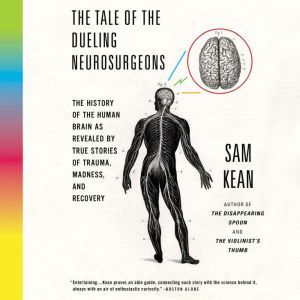
Because of the connection to other structures in the limbic system, it was assumed that the hippocampi played a role in emotions.


By the 1950s, we still didn’t know much about what the hippocampi did. The story of Henry Molaison (H.M.) begins with a short history of his experience with seizures followed by his being introduced to William Scoville, a surgeon known for being daring (or reckless, depending on one’s point of view). What did Broca die of? A brain hemorrhage. A few years later Broca moved on to other things, such as determining that an ancient Peruvian skull showed signs of neurosurgery and healing, and, more surprisingly, smuggling gold into Versailles when he was in exile in an effort to assist the government. Within four years, Broca had conducted autopsies on 25 people with the condition, 24 of whom had damage in that same location. With two cases reported, Broca became Europe’s expert on aphasia. Lelo, a nickname - what he called himself (and one of only five words he could utter following a stroke) - had a small lesion in that same location. Tan, a nickname, as all he could say by the age of 31 was “tan tan,” had a severe lesion in the frontal lobe of his brain. Kean brings a compassionate lens to these figures, letting the reader see them as fully embodied people, not just as the condition with which they are associated.Īmong the familiar characters are Paul Broca and a couple of his patients, Tan and Lelo. With each chapter, Kean focuses on a different brain area and the historical figures most associated with that brain area.

“Perhaps even more important than the science, these stories enrich our understanding of the human condition.”Ī compelling storyteller, Sam Kean, in “The Tale of the Dueling Neurosurgeons: The History of the Human Brain as Revealed by True Stories of Trauma, Madness, and Recovery,” gives us the backstory to most of the major players, both neuroscientists and their unwitting patients, who appear in our introduction to psychology textbooks.


 0 kommentar(er)
0 kommentar(er)
